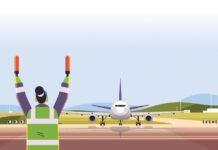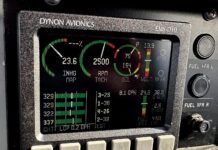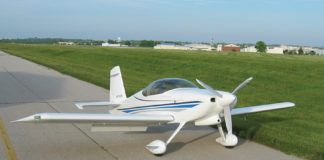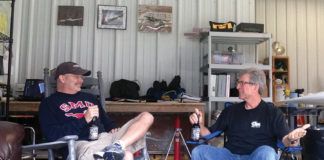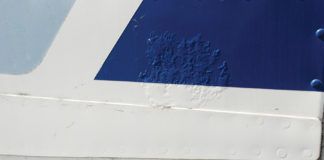“I must not fear. Fear is the mind-killer. Fear is the little-death that brings total obliteration. I will face my fear. I will permit it to pass over me and through me. And when it has gone past I will turn the inner eye to see its path. Where the fear has gone there will be nothing. Only I will remain.”
—Frank Herbert, Dune
Aviation, especially Experimental aviation, carries along with its benefits an intrinsic risk that is hard to completely dismiss. Things can go wrong when you are flying—either with the airplane, the weather or the pilot’s technique—that can lead to bad outcomes. Those bad outcomes include injury or death. Because a person can get hurt or killed, it is natural for anyone involved, especially those in the flying machine itself, to feel fear. Since fear is a natural instinct—somewhat inseparable from the act of aviating—the question we have to ask is not “How can we keep from being afraid?” but rather “How do we cope with fear when it arises?”
I have been involved with and participated in a lot of very risky activities in my life. I guess I have been drawn to things like flying, diving and mountaineering ever since I started reading books on the subjects, making their participants my heroes. Whether it was a fighter pilot in WW-II, a mountaineer struggling his way up Everest or an explorer deep beneath the waves coping with technology and nature, I have always been excited by what it takes to perform near the edge of what is humanly possible.
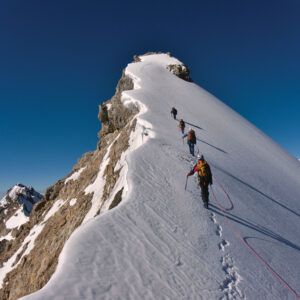
On the Edge
Along with the excitement of operating near the edge comes the danger of being there. And with that danger comes fear. Fear of dying, fear of being seriously injured, fear of messing up and foiling a team’s plans or failing at something you believe in. All of these fears come together in aviation.
Because of the things I have had an opportunity to do in aviation and spaceflight, people often ask me about stress and fear—how I cope with these emotions when things go wrong. The first thing I tell them is that it is really not about suppressing fear or stress. They are natural reactions that are going to happen to any human animal when a potentially dangerous situation arises. The real key is how you react to stress or to fear—what you do when presented with the situations.
And the truth is that every individual copes with these emotions differently. There are some who panic, reacting irrationally and wildly. Others simply lock up, unable to move or do anything useful. And then there are those who calmly work through the situation, which is what we all hope to be able to do when presented with a fearful situation. The truth is that you can train people to react calmly and methodically in fearful situations—you just can’t train everyone to react this way. There are those who will never be able to get out of the freeze or panic responses, just like I will never be able to throw a fastball at 100 mph or run a mile in under four minutes. We are not all equally talented. But we can develop the talents that we have. It starts when we recognize, like Frank Herbert’s characters in Dune, that fear itself will stop us from surviving. We have to let it flow through us, then recognize that it hasn’t stopped us from proceeding with what has to be done to save the situation.
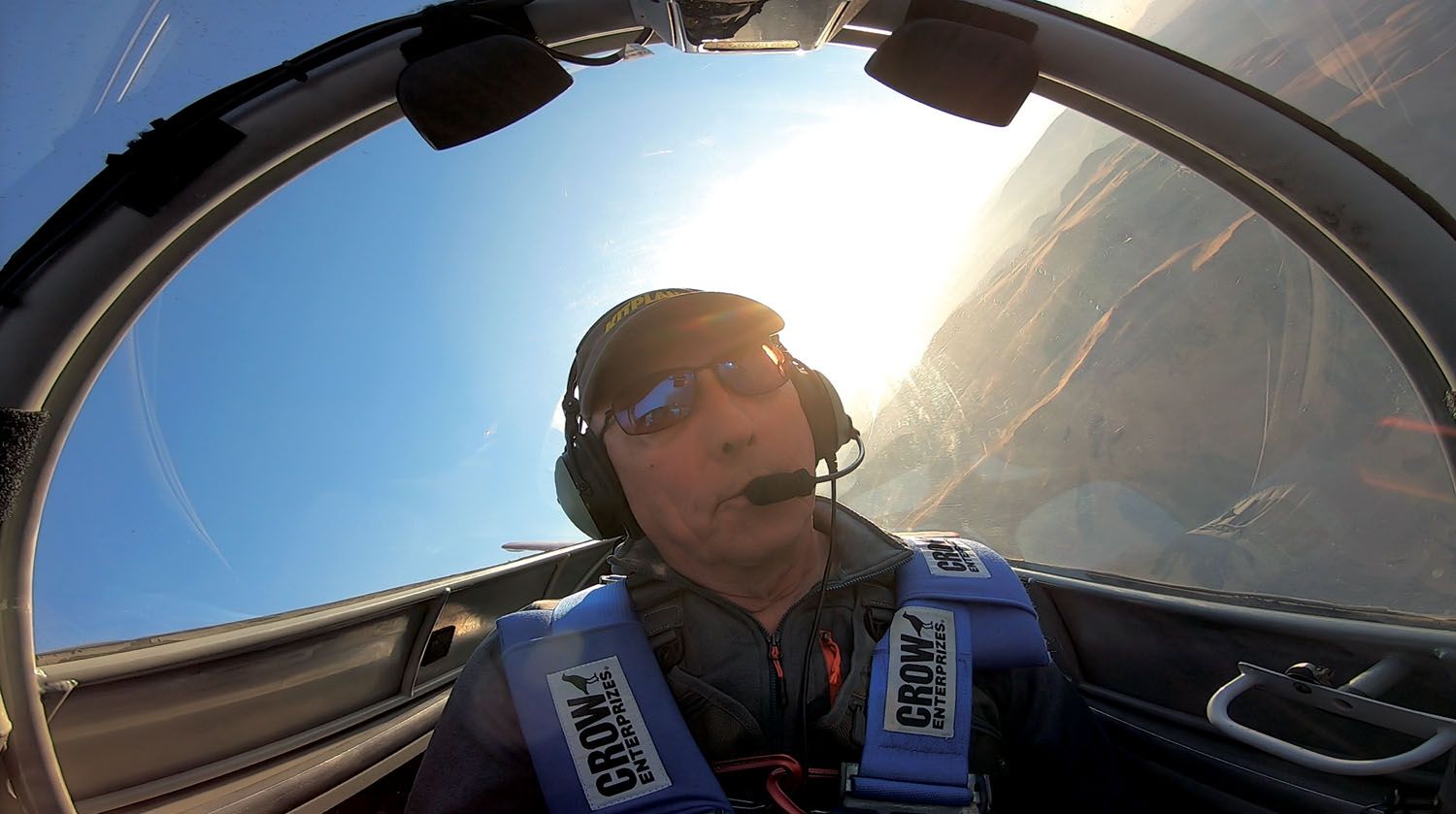
Training Is Key
Almost all training is about repetition. Training is different from educating, by the way. You train people to respond in certain ways. You educate them to think in certain ways. Both education and training have their place and often overlap, but they are different. In the spaceflight world, we train people to respond to certain situations by consulting a large set of checklists for the proper response to any situation. We also educate our people to be able to think their way through unanticipated situations such as events or configurations that hadn’t been thought about in advance and need creative brainwork to see your way through.
An engine failure on takeoff in a light single-engine airplane is something we train people for—get the nose down, keep flying the airplane and find the best place to land where you can dissipate the energy and protect the people in the aircraft. Getting the nose down to keep flying speed has to be instinctive, so we train, train, train pilots to do that. If you train enough for a situation, you don’t have time to be afraid. You have things that your brain knows you have to accomplish and you simply step into that sequence of moves. If you’re executing, you don’t have extra brain cells to occupy with being afraid. You simply do what you have done before.
But all engine failures are not alike—some sputter, some lose a little power (not all of it), some surge. All of these things require thought to work through. You have to ask if you still have enough power to fly or to climb or to make it around the pattern. If you have enough to stay in the air, is that power going to stay with you or are you going to lose it in the next few seconds? These questions can and do lead to fear—because you aren’t just executing, you are thinking, and thinking opens up options. Opening up options lets our mind wander from the task. In essence, it is concentration on the task at hand that prevents us from getting to a state of irrational fear.
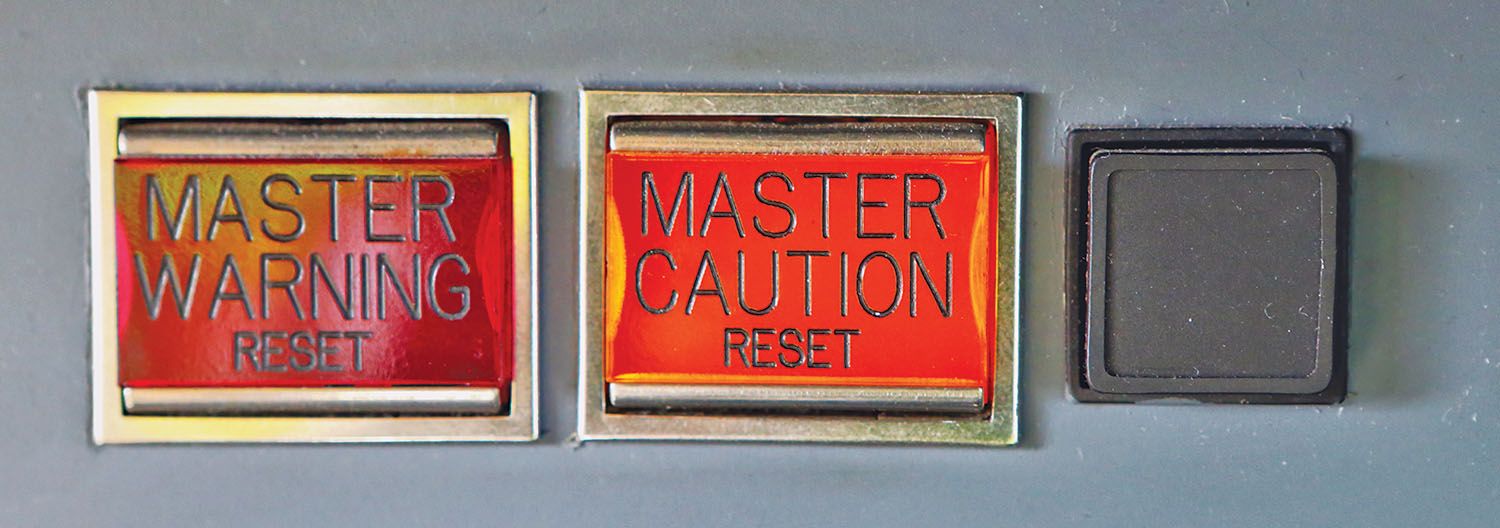
Solutions
So what is the solution? Practice, practice, practice! In the space operations world, we trained constantly and continuously for failures. Failures in simulations flew at us constantly, every day, all day. We rarely if ever executed a nominal timeline without anything going wrong. We were constantly in a state where the spacecraft was falling apart around us at the same time we were trying to fly a rendezvous, dock with a space station, deploy a satellite or execute a spacewalk. When I say continuous, I mean long days of simulations several days a week, every week for years. Because of this training, we rarely felt fear when we had problems in a real flight because, hey, what’s one problem when you are used to handling a dozen at a time?
In my flying career, I have had engine failures, control failures, structural failures, flutter issues—just about everything you can think of from the “horror of flight” files except for a major in-flight fire. (But as a volunteer firefighter for a couple of decades, I’ve been engulfed in flame on the ground.) In every single case, there was an increased stress level—but I didn’t respond to it because I was busy “working the problem.” There was the potential for the kind of fear that causes panic or freezing—but, again, I was too busy working my way through a rote procedure or thinking my way through to a new and unique solution to spare any brain cells for fear.
Fear can come later if you want—with a stiff drink and a chair out in front of the hangar, if that’s your sort of thing. I have been so badly abused in training for four decades that I just take it more or less in stride. If I feel anything, it is anger that the machine or situation let me down.
The real answer to fear or stress is training and practice—something that is hard for many people to do when they treat aviation as a hobby. You have to devote enough time to decondition yourself from the fear by training to deal with the problem that can cause it. And there’s no substitute for repeated training and exposure that I know of.







